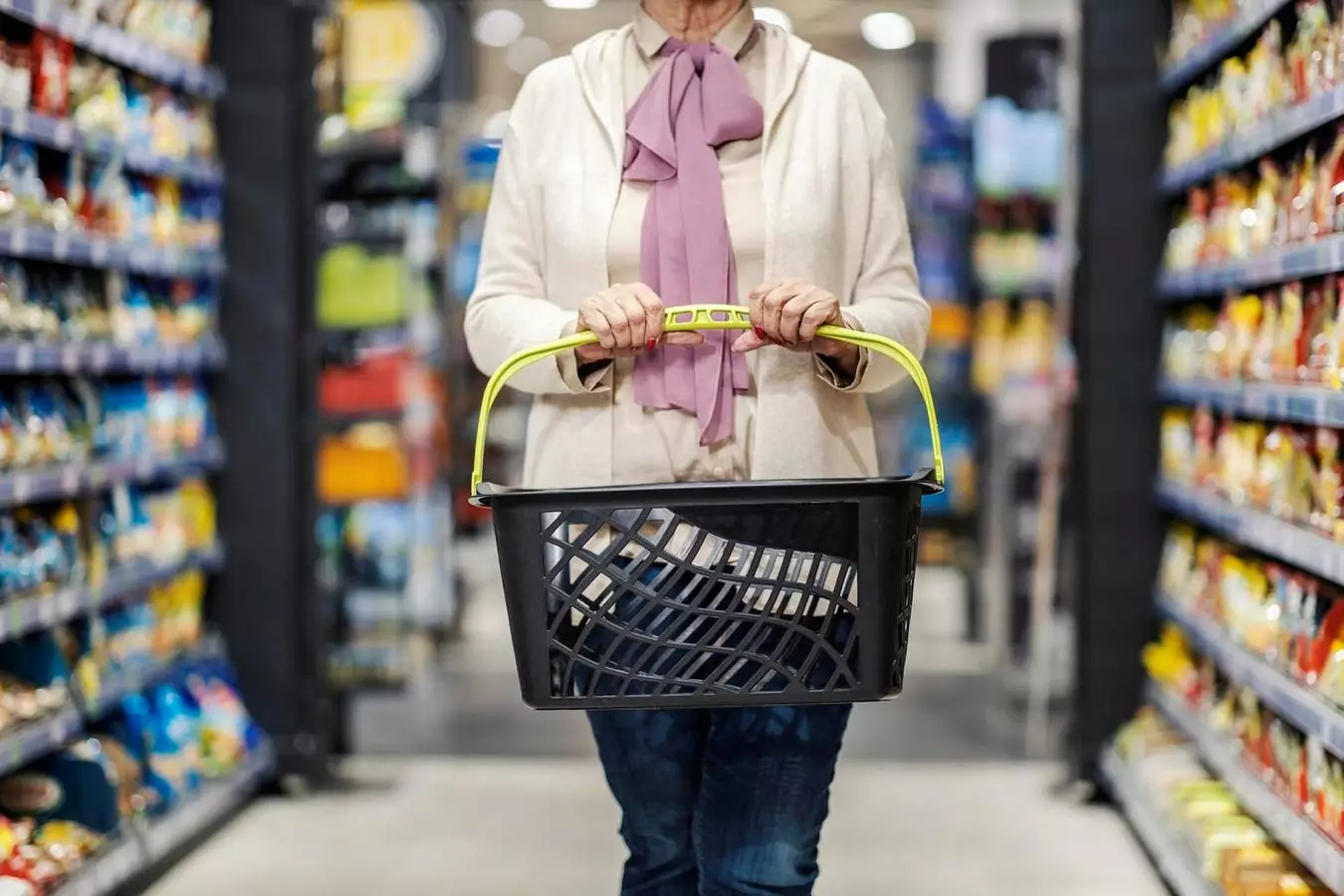In the midst of economic uncertainty, minute changes often serve as indicators of larger trends that could affect the broader market. As the financial winds begin to gust, individuals not only reevaluate their investment portfolios and stock market strategies but also take an introspective look at their grocery carts. Surprisingly, the items we choose to stock up on can act as an unintended economic bellwether. Numerous studies over the years have revealed a clear link between food consumption habits and impending recessions. This interplay offers companies and consumers a distinct narrative, one that highlights the transformative nature of economic conditions on our daily choices.
Food purchases become a behavioral reflection of our economic health. Research from the National Bureau of Economic Research found that shifts in food purchasing habits have consistently occurred before each major recession since 1980, typically around 3-6 months in advance. In times of financial strain, people don’t merely cut back on spending—their priorities shift remarkably, focusing on comfort and practicality. How we adapt our eating habits under these circumstances reveals deeper psychological and socio-economic trends.
The Comfort Factor in Food Choices
When economic clouds loom, the consumption of food staples takes on heightened significance. Comfort foods often see a spike as people seek emotional reassurance amid uncertainty. During the Great Recession, research indicated that adults gravitated towards refined carbs and solid fats, while children’s consumption of sugary foods escalated. Convenience-driven options—think canned soups and boxed macaroni—logged a noticeable increase in sales as they provided familiarity and ease. These shelf-stable, affordable options prove particularly attractive to stretched budgets, leading to their rise in popularity ahead of official economic downturns.
Economic hardship also pushes people to adopt more budget-friendly alternatives over premium offerings. As consumers tighten their belts, purchasing patterns reflect a shift from gourmet selections to everyday staples, such as canned tuna, beans, and other protein sources that offer nourishment without breaking the bank. Such dietary adjustments highly influence market trends, as people navigate their priorities in light of reduced purchasing power.
The Psychology of Buying During Recessions
Understanding how psychological factors influence purchasing behavior offers critical insights for businesses preparing for economic dips. A study published by ResearchGate illustrates how recessions prompt consumers to redefine their needs and what they classify as luxuries versus necessities. Flour, sugar, and basic baking goods experience surges in sales as people prefer to indulge in home cooking over dining out—a distinct pivot influenced by changing economic landscapes. In fact, during the 2008 recession, there was a remarkable 32% year-over-year increase in home baking products, showcasing a clear shift towards cost-effective culinary practices.
As the financial environment contracts, name-brand items often face stiff competition from store-brand products, which generally become more attractive in terms of price and perceived value. This phenomenon aligns with Engel’s Law, which asserts that lower-income consumers devote a more significant percentage of their budgets to food, particularly during economic downturns when higher income groups can still indulge in luxury brands.
Forecasting Recession Through Food Trends
Analyzing food consumption trends reveals that various categories suffer during economic distress. High-end prepared meals, gourmet frozen dinners, and curated drink offerings face dwindling demand as consumers revert to basics, opting for more affordable and nostalgic food choices. Items like frozen pizza and pastoral meals not only evoke fond memories but also serve as emotionally comforting escapes during turbulent times.
For food manufacturers and marketers, leveraging these insights can be a game changer. Identifying the trends of value-driven consumption during pre-recession phases allows companies to better align their product offerings, focusing on creating family-sized, budget-friendly options. Research from the USDA Economic Research Service suggests that by adapting their inventory to reflect increased demand for staples, companies and retailers can sustain their market presence, effectively combating the adverse effects of economic downturns.
The Grocery Cart as an Economic Indicator
Today, recent data—including a rise in private label food purchases and a dip in premium food sales—mirrors trends seen before past recessions, signaling that vigilant monitoring of these consumption patterns is essential. Businesses that overlook these subtle shifts may find themselves blindsided, unable to adjust strategies until it’s too late. As financial conditions continue to evolve, the humble grocery cart emerges as a surprisingly reliable forecasting tool, whispering truths about consumer sentiment, spending habits, and economic resilience.
By focusing on what’s in our shopping carts, we gain a deeper understanding of consumer behavior during economic turbulence. Those who take the time to analyze these patterns are not merely observing a data set but are steeped in unearthing invaluable insights, fortifying themselves against economic uncertainties that lie ahead. The next time storm clouds gather, remembering the significance of our grocery choices might just provide the clarity needed to navigate through financial turbulence.


Napsat komentář